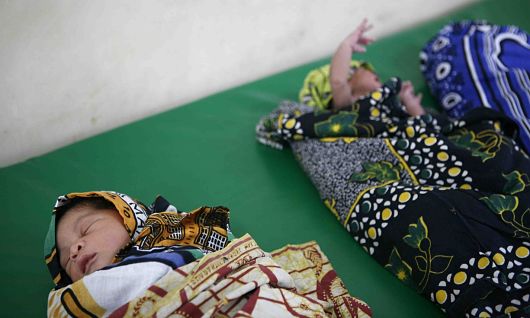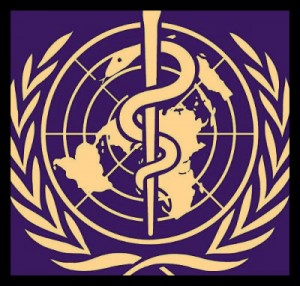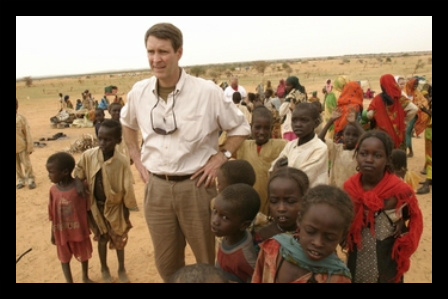
The president of Ghana announced at a ceremony earlier this month that the West African nation’s government has signed new grants with Global Fund, an international financing organization that invests around $4 billion a year to support programs fighting AIDS, malaria and tuberculosis (TB).
The seven new grants, totaling $248 million, come from many supporters, including the U.S. President’s Emergency Plan for AIDS Relief, the U.K. Department for International Effort, the European Union, Denmark, Korea, UNICEF, UNAIDS and WHO, among others.
The primary objective of the grants is to increase how many people receive protection and treatment for HIV, malaria and TB. Specifically, the key targets address certain aspects of prevention and treatment and aim to complete the goals by 2017.
Among the goals of the grants are for 140,448 people to be assured antiretroviral treatment to control HIV, as well as increase coverage for an additional 32,246 pregnant women.
The funds will also aim to expand services to protect key affected populations from HIV, including 65 percent of female sex workers, 88 percent of homosexual men, and 80 percent of inmates, in addition to providing annual testing services for 20 percent of the general population.
In terms of malaria, the funds will be used to secure treatment for 80 percent of children under five, as well as have mosquito nets in 70 percent of households.
For TB, the goal is to double case notification rates to 103 per 100,000 and make sure 100 percent of drug-resistant patients on second-line treatment are covered for treatment, up from 42 percent in 2013.
Additionally, Ghanaian officials want to use the funds to better integrate treatment for HIV and TB in community health clinics.
The government of Ghana also plans to use domestic funds to cover the expenses for antiretroviral drugs for 22,000 current patients and 11,000 new patients.
The nation was the first to sign a grant with Global Fund, doing so in 2002, seeing advances in overall health as a result.
Since 2010, there has been a 43 percent decrease in new HIV infections, and between 2009 and 2014, there was a 51 percent drop in new infections in children. The percentage of coverage dealing with preventing mother-to-child transmission is now at 81 percent, up from 32 percent.
Successes have also been seen in preventing and treating malaria and TB, as government officials and other organizations have distributed a combined 19 million mosquito nets, as well as detected and treated 76,000 new TB cases and having 88,000 people currently in antiretroviral therapy.
– Matt Wotus
Sources: AllAfrica, The Global Fund
Photo: Pixabay



 Bill Frist, a former Republican senator and majority leader from Tennessee, recently called on America and Congress to “continue our legacy of saving lives.” Less than 1 percent of the US federal budget goes to improving global health, an investment that results in changing the lives of hundreds of thousands every year. “It’s hard to imagine a better return on investment,” said Frist.
Bill Frist, a former Republican senator and majority leader from Tennessee, recently called on America and Congress to “continue our legacy of saving lives.” Less than 1 percent of the US federal budget goes to improving global health, an investment that results in changing the lives of hundreds of thousands every year. “It’s hard to imagine a better return on investment,” said Frist.